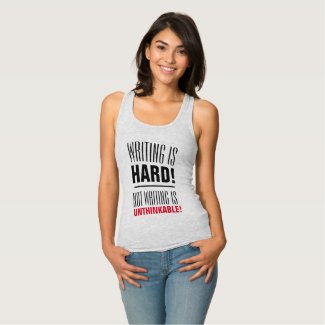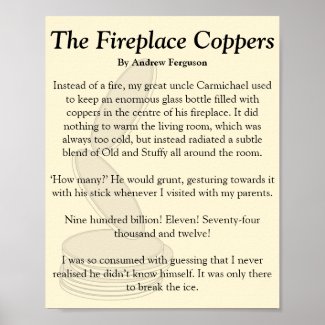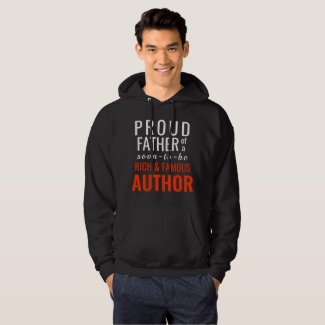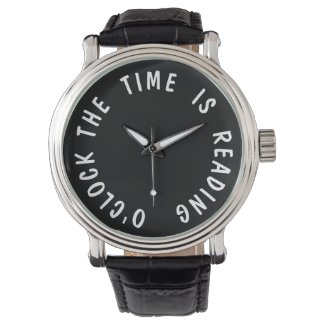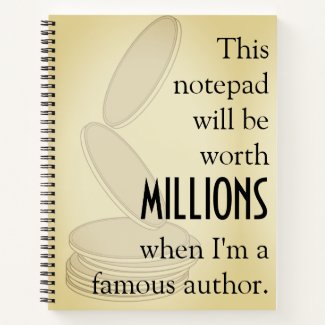On Character Traits

Originally published 26/08/2018
I’ve said it before and I’ll say it again: characters are the beating heart of every good story. Show me a good story with bad characters and I’ll show you a liar. There is a direct correlation between the quality of a story and the quality of its characters. Good characters are not optional. They are essential.
Are we all agreed on that?
Good. Go to the back of the class if you said ‘no’.
Now I know what you’re thinking: what makes a good character? Well, there’s quite a few things, but if you really want to write a character of substance, you’ll need to give him a few key traits. At their most basic level, a character’s traits can be defined simply as a list of a few critical adjectives which describe the sort of person your character is; for example, cowardly, obliging, sarcastic, compassionate, devout, holier-than-thou, etc. We’re not interested in physical descriptions here, nor are we interested in their thoughts or feelings at any particular point. We want to know what sort of person they are. If you don’t know what I mean, just think about someone you know well; a friend, relative or colleague. Ask yourself what sort of person they are.
‘John is really obnoxious.’
‘Susan is kindhearted.’
‘Peter is fly.’
These are all traits. They are fundamental to a character’s personality and will usually remain consistent throughout the story (with perhaps just a little wiggle room for growth). If you’re struggling, just Google ‘list of character traits’, you’ll find that the internet is simply teeming with lists of character traits that you can easily pick up and apply to your characters. It’s entirely up to you how many you choose, but I tend to go for nine traits for each major character: three positive traits (e.g.: generous), three neutral traits (e.g.: whimsical) and three negative traits (e.g.: censorious).
‘Sounds simple enough… ‘ I hear you cry, with a note of caution in your voice. And you’re right! It is simple. But there’s a way to do it and there’s a way not to do it.
Detailing your entire plot (or worse, writing an entire draft) and then deciding on your characters traits based on what happens to your character throughout your story is how not to do it. This will result in flat, predictable characters around whom the whole world seems to revolve.
Real people aren’t like that. The sun shines on the righteous and the wicked– and on the zealous, the pious, the pitiable and the proud. Life happens to people regardless of what sort of people they are, and we all deal with each situation in our own way, based on the sort of person we are. Therefore, if you take my advice, you’ll sketch out your characters’ key traits before you begin any detailed plotting or drafting, even if you’re a pantser. And stick to the traits you decide on, no matter what events befall your character. These traits will help to define every choice your character makes, everything they say and, perhaps more importantly, how and why they do/say it.
Try to be adventurous when it comes to selecting character traits. Even pick a few traits entirely at random (yep, there are places online you can do that too) and work with whatever you end up with. Don’t worry if the traits you end up with seem contradictory. Real people are full of contradiction too! This will only enrich your character and you can always smooth out any rough edges that seriously impinge upon your story later if you absolutely have to.
When you finally do come to draft your story, be sure to keep your characters’ traits in mind at all times but do not explicitly state your characters’ traits in the narrative (e.g.: ‘Dave was an evasive and brusque man’). Let your reader get to know Dave by experiencing Dave, not simply being told about Dave. Portraying a character’s traits is a subtle balancing act, where you drip feed your reader just the right quantities of each trait at the right time. You don’t need to bring them all out in equal measure all the time, however I would advise making a character’s fundamental traits fairly clear from the get-go. Even shifty, unreliable characters can be portrayed as such through voice and body language. Let’s think about Dave again. Dave’s a bit of an enigmatic fellow. No one really quite knows what he’s planning, whose side he’s on or what his true intentions are. You can portray this to the reader simply by making him guarded or abrupt in his dialogue.
‘Up to much this weekend?’ Pete asked, pulling on his coat and switching off the office lamp.
‘Nothing much.’ Dave sniffed.
‘Why don’t you come over on Sunday? Susie’s doing Sunday dinner and she always makes enough for ten–‘
‘Sorry Pete,’ Dave interrupted. ‘Maybe another week, I can’t this week.’
‘We never seem to see you anymore, is everything okay?’
‘Fine. Just busy that’s all.’
Thus the mystery is not only preserved, but it is also enhanced, because it makes the reader want to know more. Is Dave out killing people at the weekend? Has he got some illicit love affair on the go somewhere? Does he simply dread socialising? We don’t know. One thing we do know: Dave is evasive and Dave is brusque. The narrative doesn’t say it. Dave just is evasive and brusque. Experiment with using characters’ actions and dialogue and especially body language and voice to portray your characters’ traits and you’ll have a vibrant and distinctive bunch of characters before you know it.
Follow Penstricken on Twitter, Tumblr, Pinterest and like Penstricken on Facebook.
Looking for a gift for the author or fiction lover in your life?
Check out the Penstricken Zazzle store!
Want a blog of your own? Start writing today with WordPress.com!
AUTHOR INTERVIEWS:
Unfortunately, I am unable to take on any more author interviews or solicited book reviews at this time.
You can check out our previous interviews here:
- Sharleen Nelson, author of The Time Tourists [2]
- D. Wallace Peach, author of the Shattered Sea duology [2]
- Jacob Klop, author of Crooked Souls
- H.L. Walsh, author of From Men and Angels [2]
- G.M. Nair, author of Duckett and Dyer: Dicks for Hire
- Georgia Springate, author of Beyond
- S.E. Morgan, author of From Waterloo to Water Street
- Megan Pighetti, author of Fairy-Tailed Wish [2]
- Nancet Marques, author of Chino and the Boy Scouts [VIDEO]

